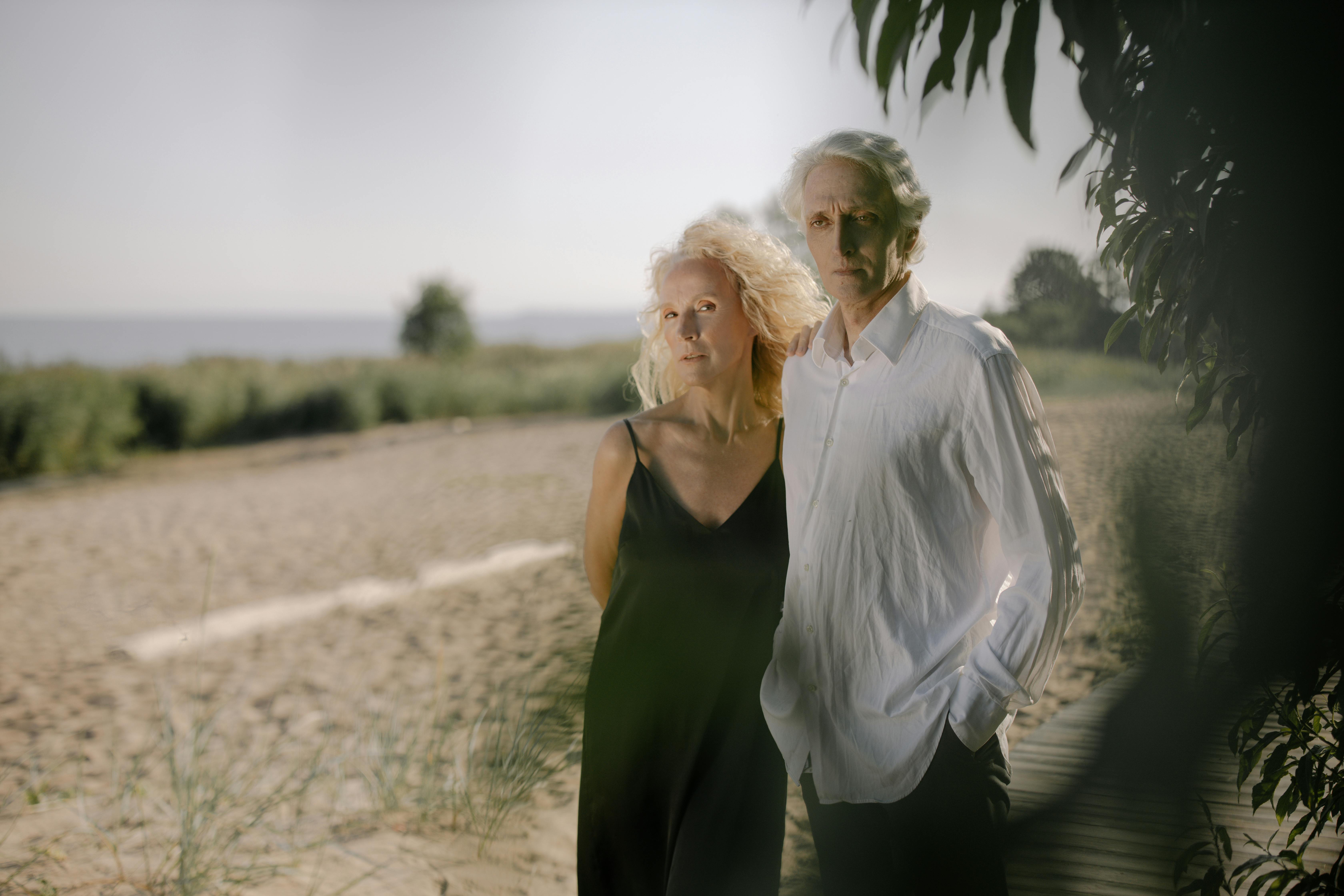Daily Living (Higashi) Therapy for Autism
The Daily Living Therapy (DLT) method, also known as Higashi, was developed in the 1960s by Dr. Kiyo Kitahara at the Musashino Higashi Gakuen School in Tokyo, Japan. He developed the method through what he learned teaching a child with autism in a regular education kindergarten class. His main objective was to develop the self-esteem of children with autism and to create emotional security for them.
Higashi is a Japanese word meaning ‘hope’ and is a holistic approach to integrating children with autism with other normal children to study together in a group. There are some methods used in this approach such as providing systematic education by engaging in group dynamics, modeling, physical activities, art, music, academic and professional training.
How DLT (Higashi) works
Behavior management in DLT does not involve measurement of neglect, punishment, time-out procedures, or medication. DLT is not for treating or curing Autism Syndrome Disorder (ASD), but it is believed to provide other important benefits, such as improving ability ability, flexibility, and proper functioning when out in the internal community, and also activities that They involve the family. Activities are group oriented and highly structured with an emphasis on learning transmitted from child to child through synchronization and imitation.
Higashi’s approach emphasizes group learning in the context of programs that include vigorous physical activity to develop both strength and concentration. Physical activity is one of the academic curricula for children with autism and it challenges their ability level as well as increasing their interest in participating in activities performed. Practitioners believe that through exercise, children will be able to control the level of body coordination and at the same time control their behavior. Physical activities such as exercises and games have a positive impact on behavior, psychological and physical specifically in individuals with ASD. DLT programs typically use appropriate instruction, equipment, and daily movement activities, such as walking, running, climbing, and jumping, to improve gross motor skills, allowing children with autism to learn to acclimate to the challenging world around them.
Among the fundamental principles of Therapy of Daily Living (Higashi) are the following:
Yo. The focus of the curriculum is on movement activities, music, and the arts.
ii. Children participate in vigorous physical activities throughout the day.
iii. Instructions are group oriented, ie all children in the class are taught the same thing at the same time.
IV. Children learn through imitation, for example, they imitate exactly what their teacher does.
v. Routine activities are highly structured.
DLT using the Higashi approach is an educational program for children with autism based on three interrelated principles: vigorous physical exercise, emotional stability, and intellectual stimulation. By using these three basic principles of DLT, children with autism learn to focus their attention naturally, diffuse their energy, feel calm and relaxed, and allow them to learn without the need for medication. DLT also provides other important benefits, such as better coping skills, increased flexibility, and better appropriate functioning within the home community and family events. The ultimate goal of DLT is to archive lifelong inclusion in the community and a high quality of life.

Leave a Reply